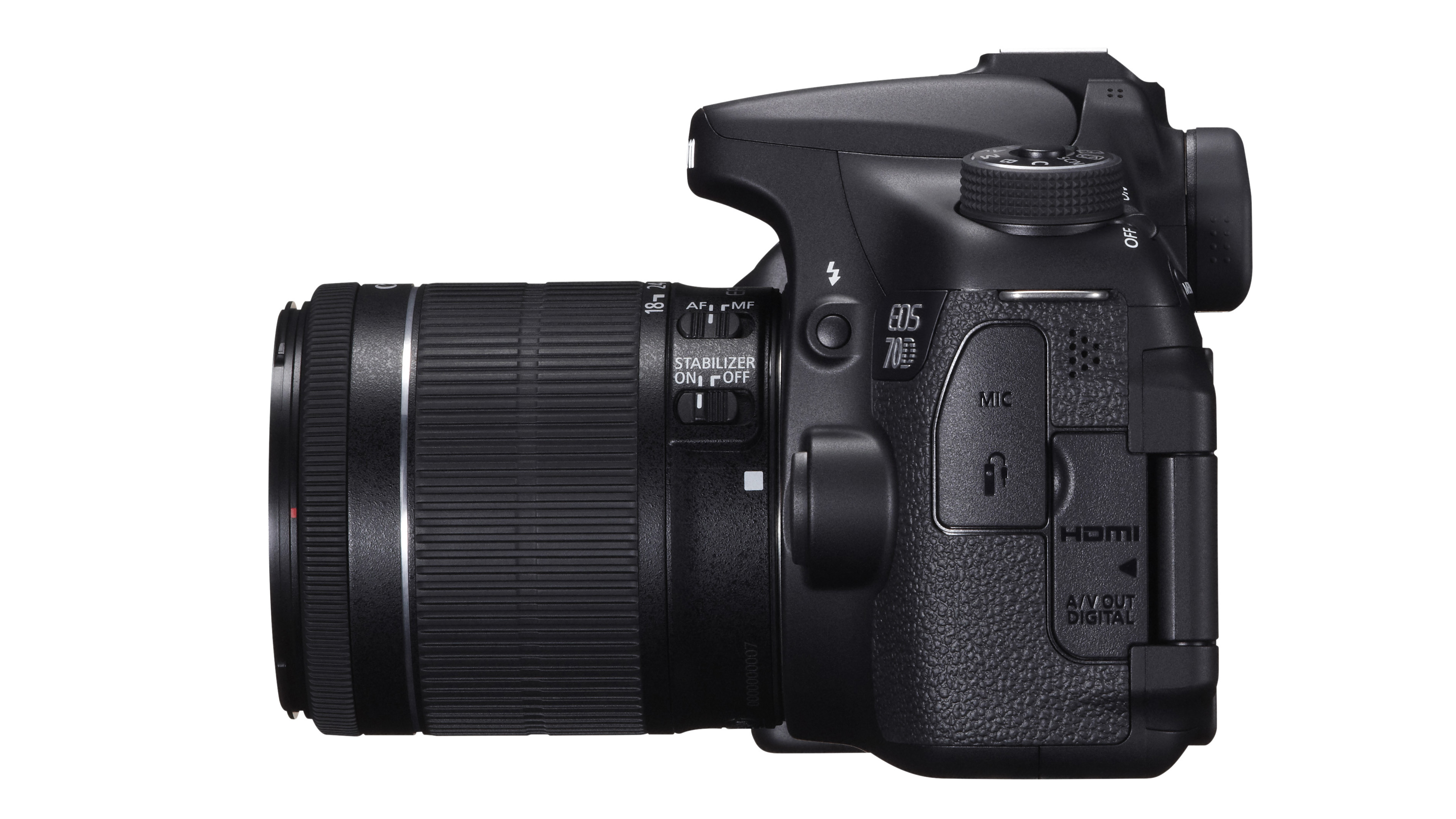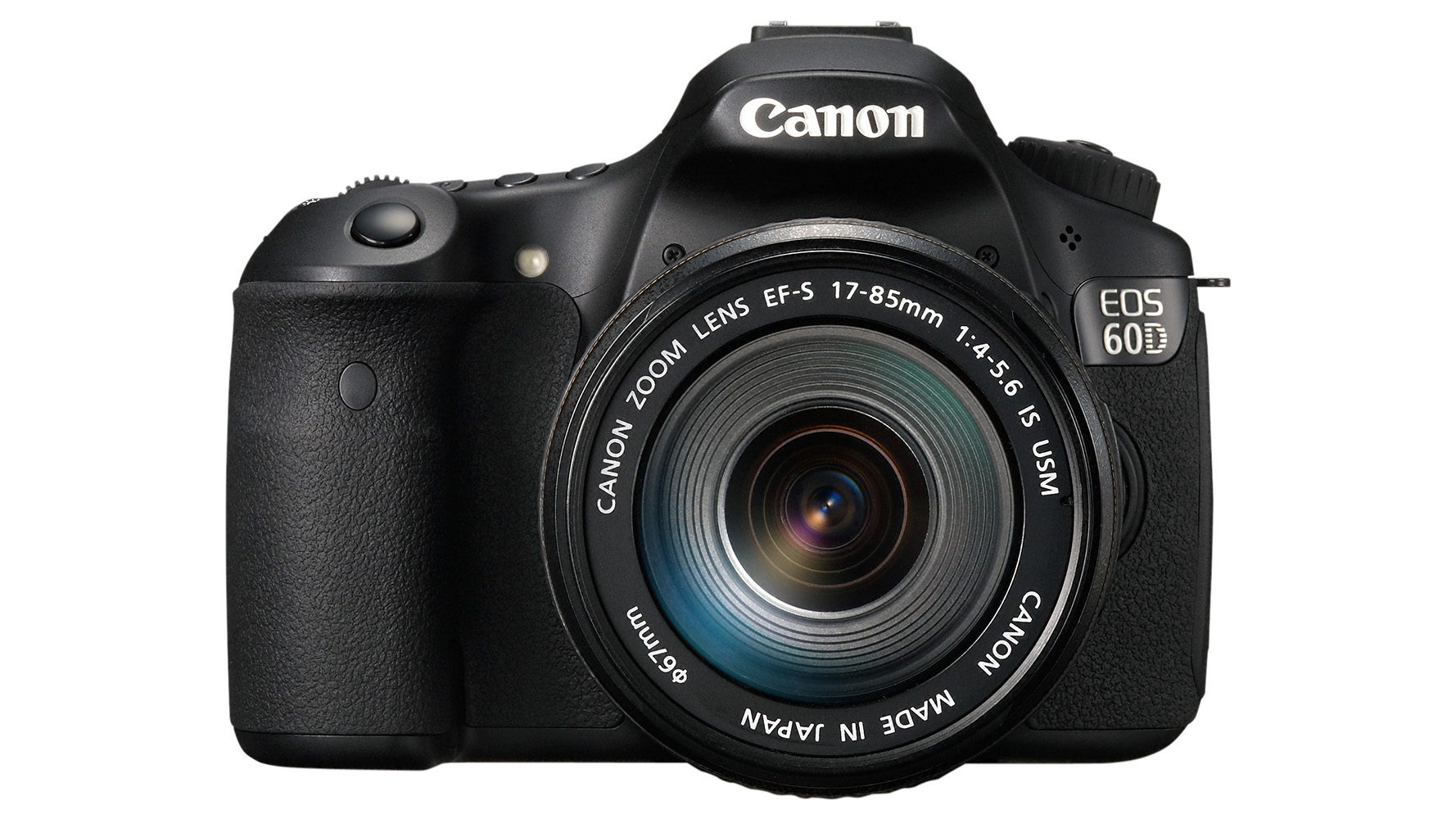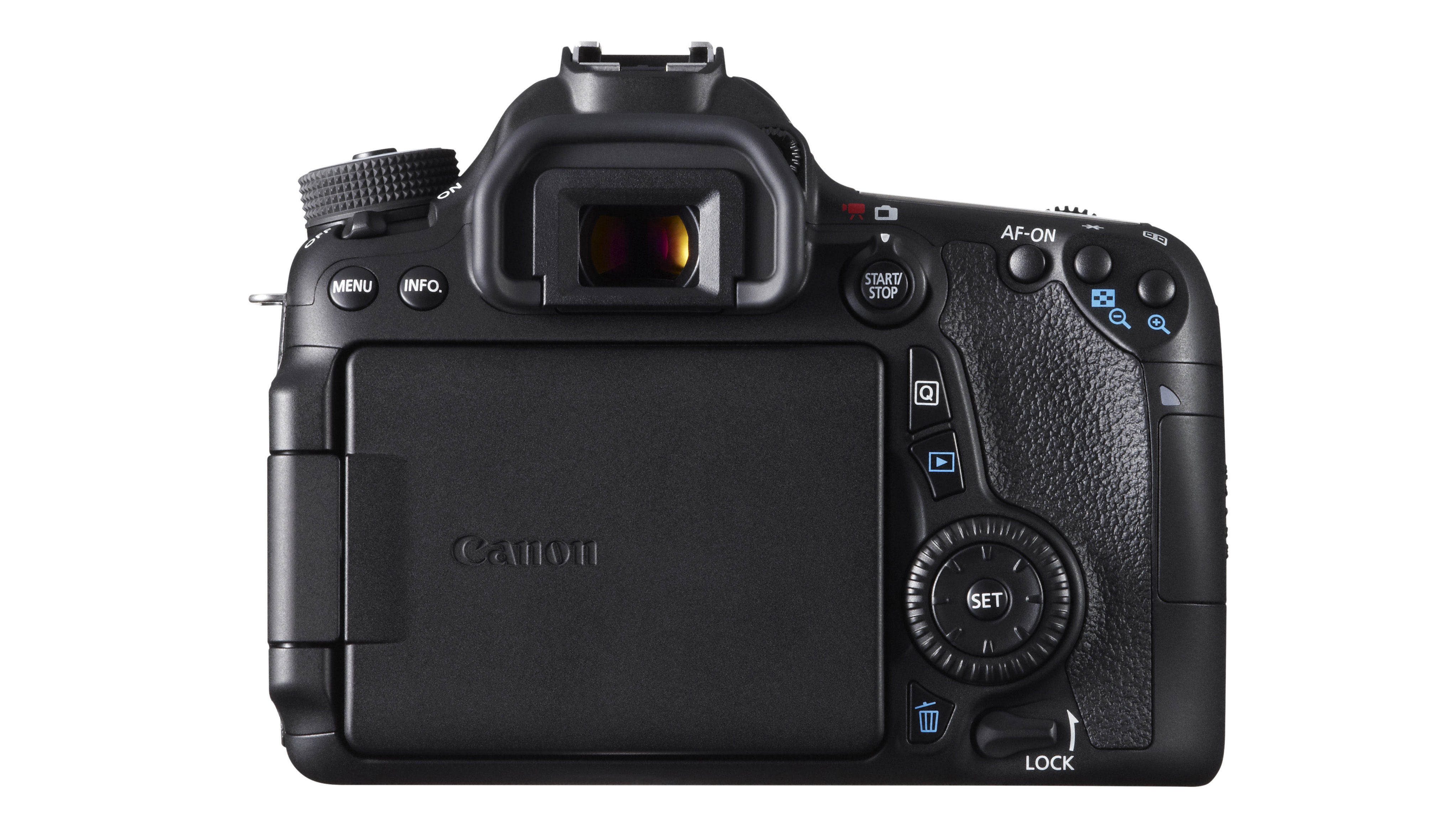Canon 70D vs Canon 60D
Old vs new - specs compared

At last we have a replacement for the Canon 60D in the shape of the Canon 70D.
The mid-range, or enthusiast-level, camera has been replaced with a new model that sports a higher resolution sensor, improved processor and a touchscreen. Let's see what else is new, and what has stayed the same.
Canon EOS 70D vs Canon EOS 60D: Sensor
Canon has put a completely new sensor in the 70D, featuring some pretty interesting new technologies that are unique to this camera. It remains APS-C sized, but it now has a higher resolution, at 20.2 million pixels compared with the Canon 60D's 18 million pixel. Canon has opted to keep a low pass filter on the camera, unlike the Nikon D7100.
Canon EOS 70D vs Canon EOS 60D: Processor
We first saw Canon's latest generation of processor, the Digic 6, on the PowerShot SX280 / PowerShot SX270 models, which is the range where Canon generally debuts its next processors. However, it has chosen not to include this new processor in the Canon 70D, instead choosing the same Digic 5+ processor as can be found in the Canon 6D. The Canon 60D used the Digic 4 processor, so it should be an improvement on that.

Canon EOS 70D vs Canon EOS 60D: Sensitivity
With a new processor comes the promise of improved low light performance and an increase in sensitivity. The Canon 70D now has a native range of ISO 100-12,800, compared with the Canon 60D's 100-6400. That range is expandable up to ISO 25,600, compared with the 60D's ISO 12,800. Performance at these ultra-high sensitivities is something we'll be keen to measure when we get a full production sample of the camera in for testing.
Canon EOS 70D vs Canon EOS 60D: Burst rate
A new processor also facilitates faster burst rates, with the Canon 70D pushing the Canon 60D's 5.3fps up to 7fps, making it just one short of the Canon 7D's 8fps.
Canon EOS 70D vs Canon EOS 60D: Viewfinder
Both the Canon 60D and the Canon 70D use a pentaprism viewfinder, but the Canon 70D's viewfinder now covers 98% of the scene. While this isn't quite as good as the 100% viewfinder offered by the Canon 7D, it does beat both the Canon 60D (96%) and the full-frame Canon 6D (97%).
Get daily insight, inspiration and deals in your inbox
Sign up for breaking news, reviews, opinion, top tech deals, and more.
Canon EOS 70D vs Canon EOS 60D: Screen
While the Canon 70D inherits the articulating, 3-inch, 1 million dot screen from the Canon 60D, it is now a touchscreen, like those on the Canon EOS 700D and Canon EOS 650D. You can use this to make changes in the menu, or to swipe from image to image. When shooting in Live View, the autofocus point can be changed via the touchscreen.

Canon EOS 70D vs Canon EOS 60D: Autofocus
While the Canon 60D had a 9-point all cross-type autofocus system for use when composing images in the viewfinder, the Canon 70D has increased this to 19 points, which are also all cross-type. This brings it in line with the Canon 7D, and above the Canon 6D, which features 11 points, only one of which is cross-type.
The newly designed CMOS sensor contains two photodiodes for every pixel site, creating a total of 40.3 million photodiodes. When shooting movies or in Live View mode, these diodes can be read separately to achieve phase-detection AF to help with speedier autofocusing, or read together as imaging pixels.
Canon EOS 70D vs Canon EOS 60D: Wi-Fi connectivity
One feature that has been borrowed from the full-frame Canon EOS 6D is Wi-Fi connectivity, which is new to the enthusiast range of APS-C format DSLRs. The Canon 6D also features GPS for geotagging your images on a map, but this has been left off the 70D.
Canon EOS 70D vs Canon EOS 60D: Price
For now, the Canon 70D is significantly more expensive than the Canon 60D, with its expected retail price at launch around £1,079.99/US$1,199 (around AU$1,790) body only. This compares with the Canon 60D's street price of around £577.99/US$499/AU$749. Hopefully it won't take too long for the Canon 70D's price to also come down.
Amy has been writing about cameras, photography and associated tech since 2009. Amy was once part of the photography testing team for Future Publishing working across TechRadar, Digital Camera, PhotoPlus, N Photo and Photography Week. For her photography, she has won awards and has been exhibited. She often partakes in unusual projects - including one intense year where she used a different camera every single day. Amy is currently the Features Editor at Amateur Photographer magazine, and in her increasingly little spare time works across a number of high-profile publications including Wired, Stuff, Digital Camera World, Expert Reviews, and just a little off-tangent, PetsRadar.
